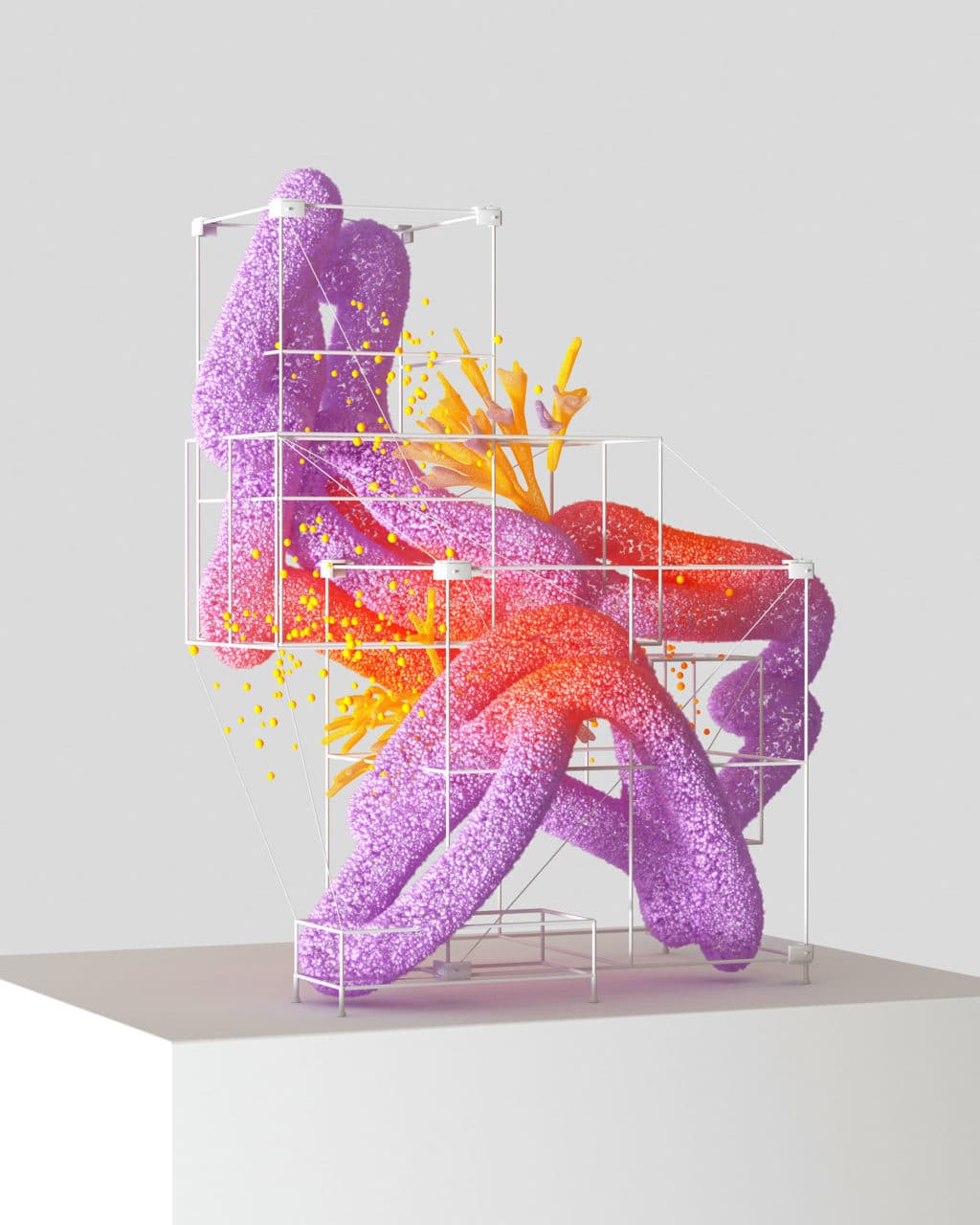The potential of creation & imitation
Artificial Intelligence
tycadmin
Artificial Intelligence (AI) is progressing at a rapid pace; impacting industries on a universal scale and initiating a future revolution on a whole host of processes in the visual-creative world. AI softwares are already able to generate completely new pieces of art, growing more complex in look & application day by day. Though current AI tech still has it’s limitations – essentially we must give AI a brief, a list of parameters inputted by humans for an algorithm to process. With this in mind, today’s AI ‘process of creation’ seems somewhat like a lifeless, mathematical equation – as it continues to make an impact, could we come to miss the magic born from the organic nature of traditional creativity?

Software can now be programmed to re-create a particular artist’s visual style. For many this will seem almost immoral or plagiaristic; there are also many of us who value hand crafted work & not an imitation or synthetically orchestrated product or experience. Does art and design need a concept that comes from the heart for people to connect with it?
Putting a pin in the moral conundrums for a moment. AI now has algorithms to create something new, they also have the ability to ‘imitate’ and build on existing themes – this makes for an exciting prospect in the commercial design world.
Creatives could soon have a tool to explore a vast array of design ideas with minimal input & the production only restricted by the speed of the programme itself. There is infinite potential as a source of inspiration & one day (technology permitting) might we have the capability to input a set of brand values into an algorithm, calibrate the desired parameters and wait to see what visual output the AI ‘imagines’?
Our roles as designers will evolve along with these technological advancements, obviously this has always been the case, just as we went from drawing boards to CAD (Computer aided design) software; some skills have been lost and replaced with new ones. AI could free the designer even further from necessary yet time consuming design adjustments – allowing their time & focus to be spent thinking about emotional touch-points and the overall experience. It could be these skills passed on to future generations of designers – enriching the end experience, managing and influencing AI output and filling in the gaps that tech cannot fill to fully meet a brief.
Ultimately though, humans are our end user. It is humans who we design for and humans who we look to evoke responses from. For all the brilliance AI can and will provide – it is currently limited to analysing, processing and projecting – not feeling. It is the human element of designers and creatives like ourselves at TYC who have the capacity to empathise & understand the subtle nuances within our own needs and aspirations as people. And because of this, in commercial creative design at least, AI still has a long way to go on a journey to achieve the same results – but nonetheless, its potential is incredibly exciting!
